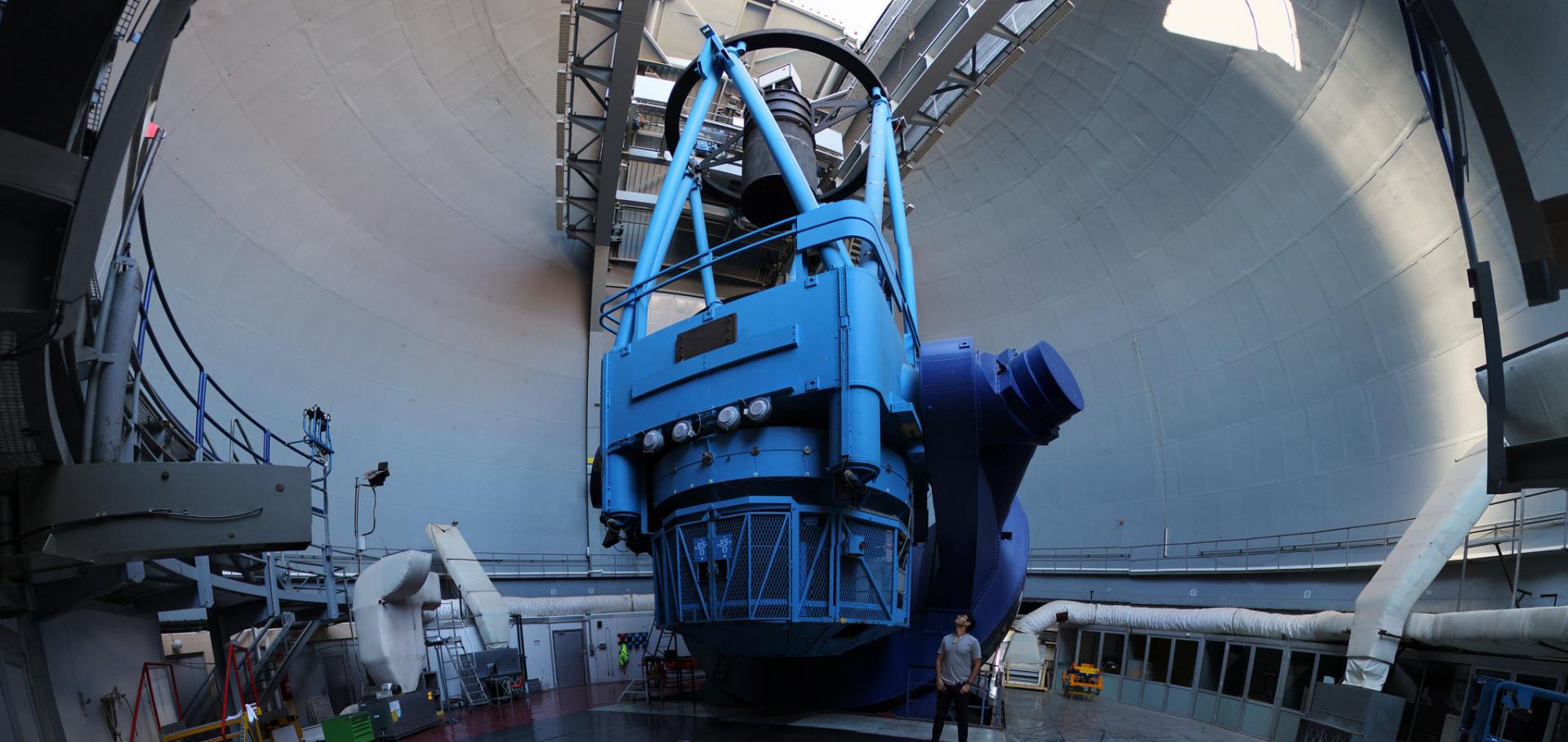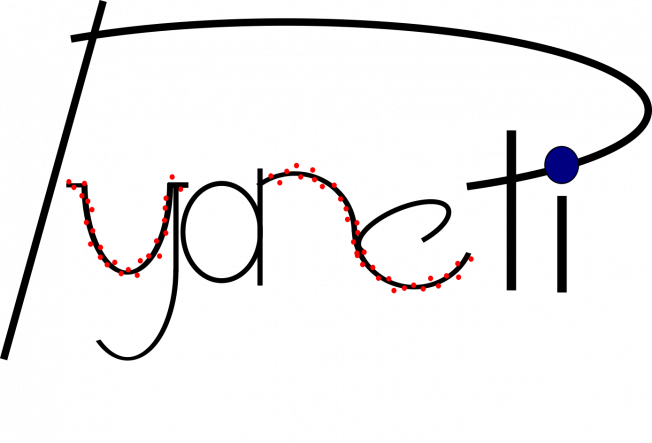Planet Hunters TESS. V. A Planetary System Around a Binary Star, Including a Mini-Neptune in the Habitable Zone
Astronomical Journal IOP Publishing 167:5 (2024) 241
Abstract:
We report on the discovery and validation of a transiting long-period mini-Neptune orbiting a bright (V = 9.0 mag) G dwarf (TOI 4633; R = 1.05 R ⊙, M = 1.10 M ⊙). The planet was identified in data from the Transiting Exoplanet Survey Satellite by citizen scientists taking part in the Planet Hunters TESS project. Modelling of the transit events yields an orbital period of 271.9445 ± 0.0040 days and radius of 3.2 ± 0.20 R ⊕. The Earth-like orbital period and an incident flux of 1.56−0.16+0.20 F ⊕ places it in the optimistic habitable zone around the star. Doppler spectroscopy of the system allowed us to place an upper mass limit on the transiting planet and revealed a non-transiting planet candidate in the system with a period of 34.15 ± 0.15 days. Furthermore, the combination of archival data dating back to 1905 with new high angular resolution imaging revealed a stellar companion orbiting the primary star with an orbital period of around 230 yr and an eccentricity of about 0.9. The long period of the transiting planet, combined with the high eccentricity and close approach of the companion star makes this a valuable system for testing the formation and stability of planets in binary systems.republic: A variability-preserving systematic-correction algorithm for PLATO ’s multi-camera light curves
RAS Techniques and Instruments Oxford University Press 3:1 (2024) 198-208
Abstract:
Space-based photometry missions produce exquisite light curves that contain a wealth of stellar variability on a wide range of time-scales. Light curves also typically contain significant instrumental systematics – spurious, non-astrophysical trends that are common, in varying degrees, to many light curves. Empirical systematics-correction approaches using the information in the light curves themselves have been very successful, but tend to suppress astrophysical signals, particularly on longer time-scales. Unlike its predecessors, the PLAnetary Transits and Oscillations of stars (PLATO) mission will use multiple cameras to monitor the same stars. We present republic, a novel systematics-correction algorithm which exploits this multi-camera configuration to correct systematics that differ between cameras, while preserving the component of each star’s signal that is common to all cameras, regardless of time-scale. Through simulations with astrophysical signals (star spots and planetary transits), Kepler-like errors, and white noise, we demonstrate republic’s ability to preserve long-term astrophysical signals usually lost in standard correction techniques. We also explore republic’s performance with different number of cameras and systematic properties. We conclude that republic should be considered a potential complement to existing strategies for systematic correction in multi-camera surveys, with its utility contingent upon further validation and adaptation to the specific characteristics of the PLATO mission data.TOI-837b is a Young Saturn-sized Exoplanet with a Massive 70 $M_{\oplus}$ Core
(2024)
REPUBLIC: A variability-preserving systematic-correction algorithm for PLATO's multi-camera light curves
(2024)
Revisiting K2-233 spectroscopic time-series with multidimensional Gaussian processes
Monthly Notices of the Royal Astronomical Society Oxford University Press 522:3 (2023) 3458-3471



